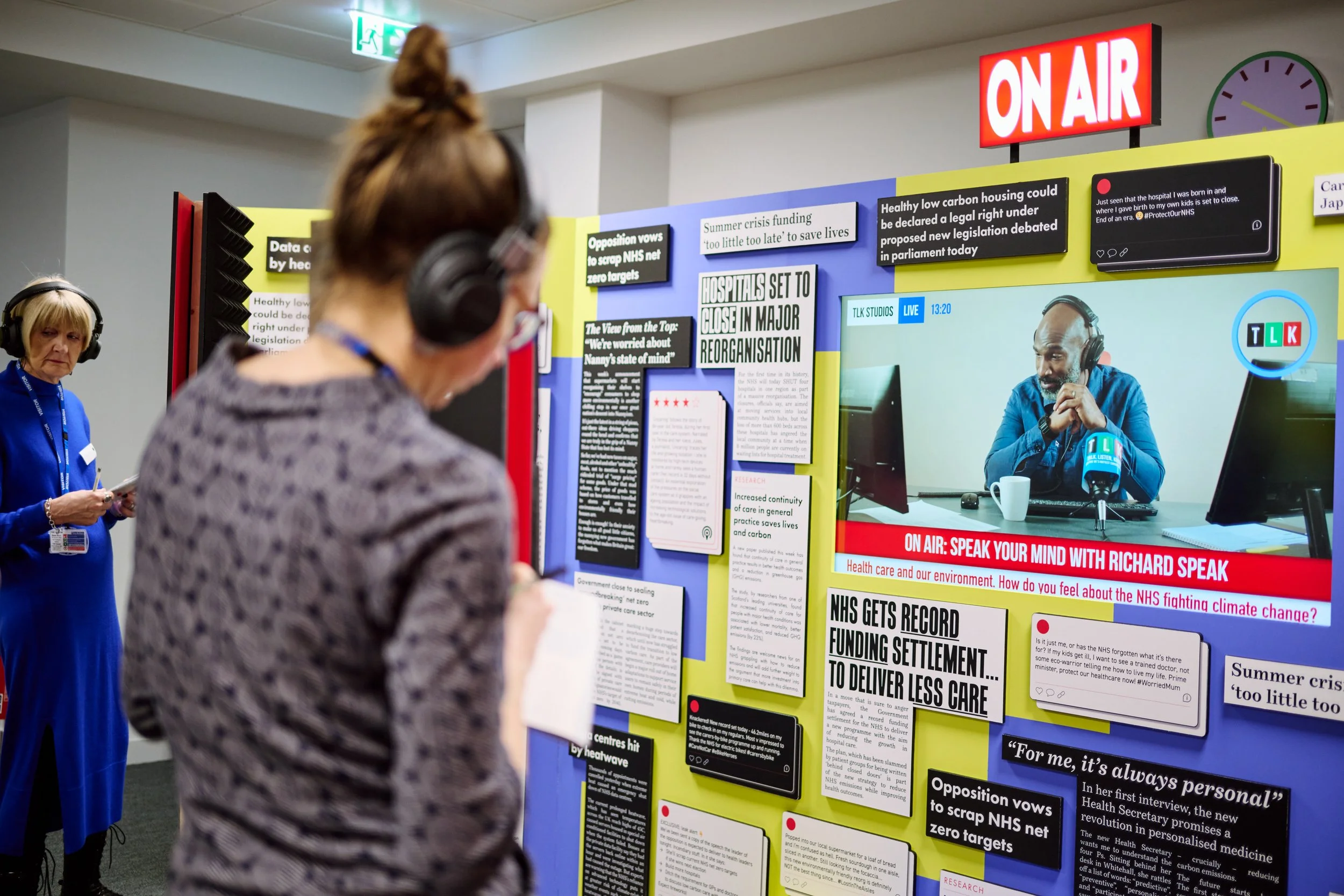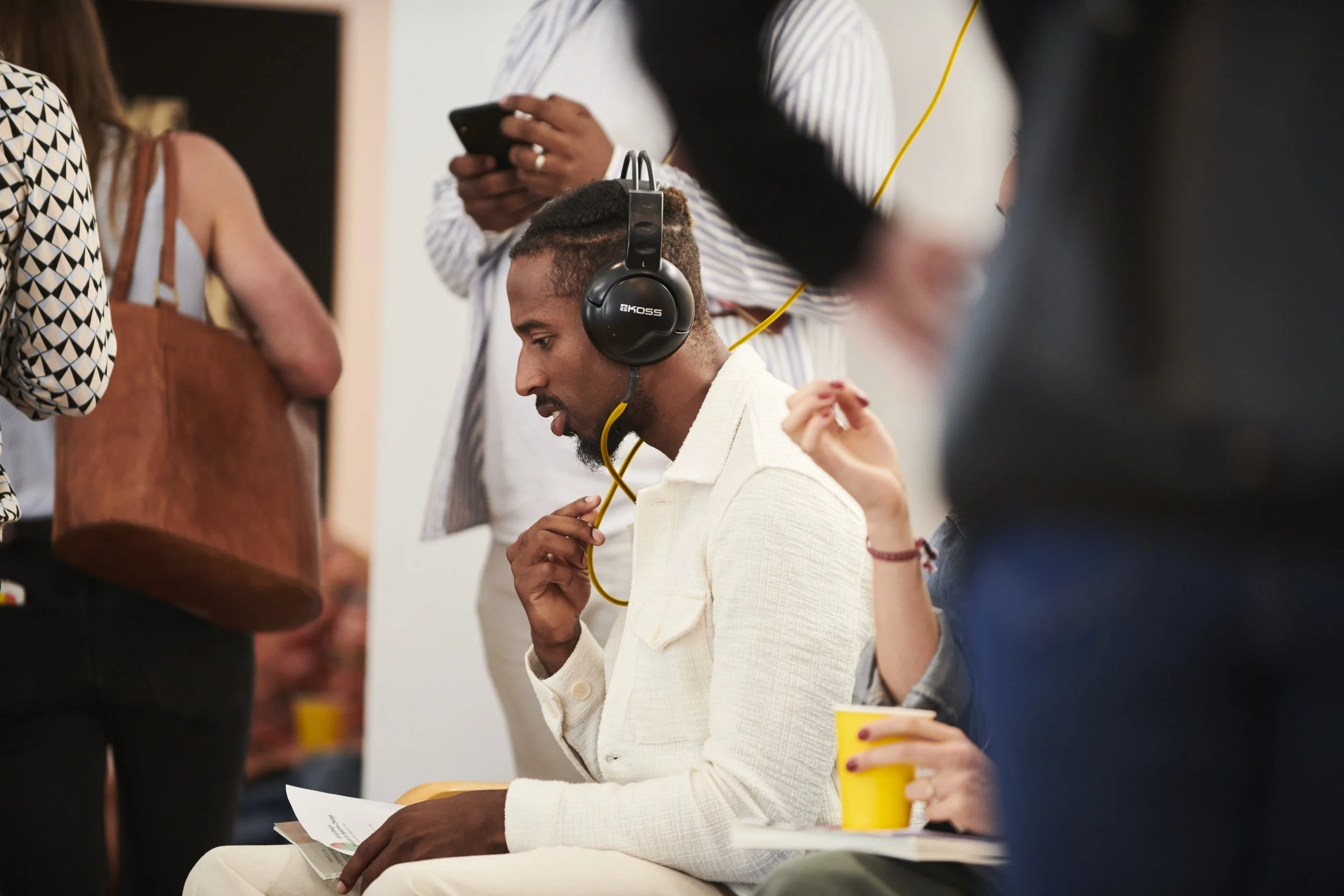As the UK gears up to a General Election later this year, one of the big questions facing politicians and policymakers is how they can gauge the public mood and respond to it effectively. This is particularly important now, when politics — and public opinion — seem more polarised than ever before.
Our mission at The Liminal Space is to create positive change in society. We have always collaborated directly with the individuals and communities affected by the health, science and work issues we focus on. But it has become increasingly clear that public engagement is only part of the story. Over the last couple of years we’ve learned that teaming public engagement with policy action can be a powerful lever to effect positive change.
Want to know more? Here are five things we have discovered through our work with funders, businesses, researchers and communities that we believe can radically transform policymaking.





